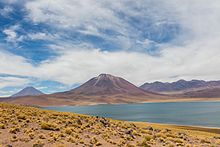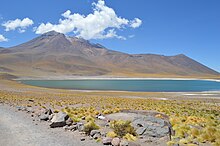| Jewiki unterstützen. Jewiki, die größte Online-Enzyklopädie zum Judentum.
Helfen Sie Jewiki mit einer kleinen oder auch größeren Spende. Einmalig oder regelmäßig, damit die Zukunft von Jewiki gesichert bleibt ... Vielen Dank für Ihr Engagement! (→ Spendenkonten) |
How to read Jewiki in your desired language · Comment lire Jewiki dans votre langue préférée · Cómo leer Jewiki en su idioma preferido · בשפה הרצויה Jewiki כיצד לקרוא · Как читать Jewiki на предпочитаемом вами языке · كيف تقرأ Jewiki باللغة التي تريدها · Como ler o Jewiki na sua língua preferida |
Datei:Salar de Atacama, Chile - NASA Earth Observatory.jpg
Zur Navigation springen
Zur Suche springen


Größe dieser Vorschau: 600 × 600 Pixel. Weitere Auflösungen: 240 × 240 Pixel | 480 × 480 Pixel | 768 × 768 Pixel | 1.024 × 1.024 Pixel | 4.007 × 4.007 Pixel.
Originaldatei (4.007 × 4.007 Pixel, Dateigröße: 5,15 MB, MIME-Typ: image/jpeg)
Dateiversionen
Klicke auf einen Zeitpunkt, um diese Version zu laden.
| Version vom | Vorschaubild | Maße | Benutzer | Kommentar | |
|---|---|---|---|---|---|
| aktuell | 18:28, 13. Jan. 2021 |  | 4.007 × 4.007 (5,15 MB) | Juan Villalobos | https://earthobservatory.nasa.gov/images/76518/salar-de-atacama-chile https://eoimages.gsfc.nasa.gov/images/imagerecords/76000/76518/atacama_etm_2002080_lrg.jpg |
Dateiverwendung
Die folgende Seite verwendet diese Datei:

